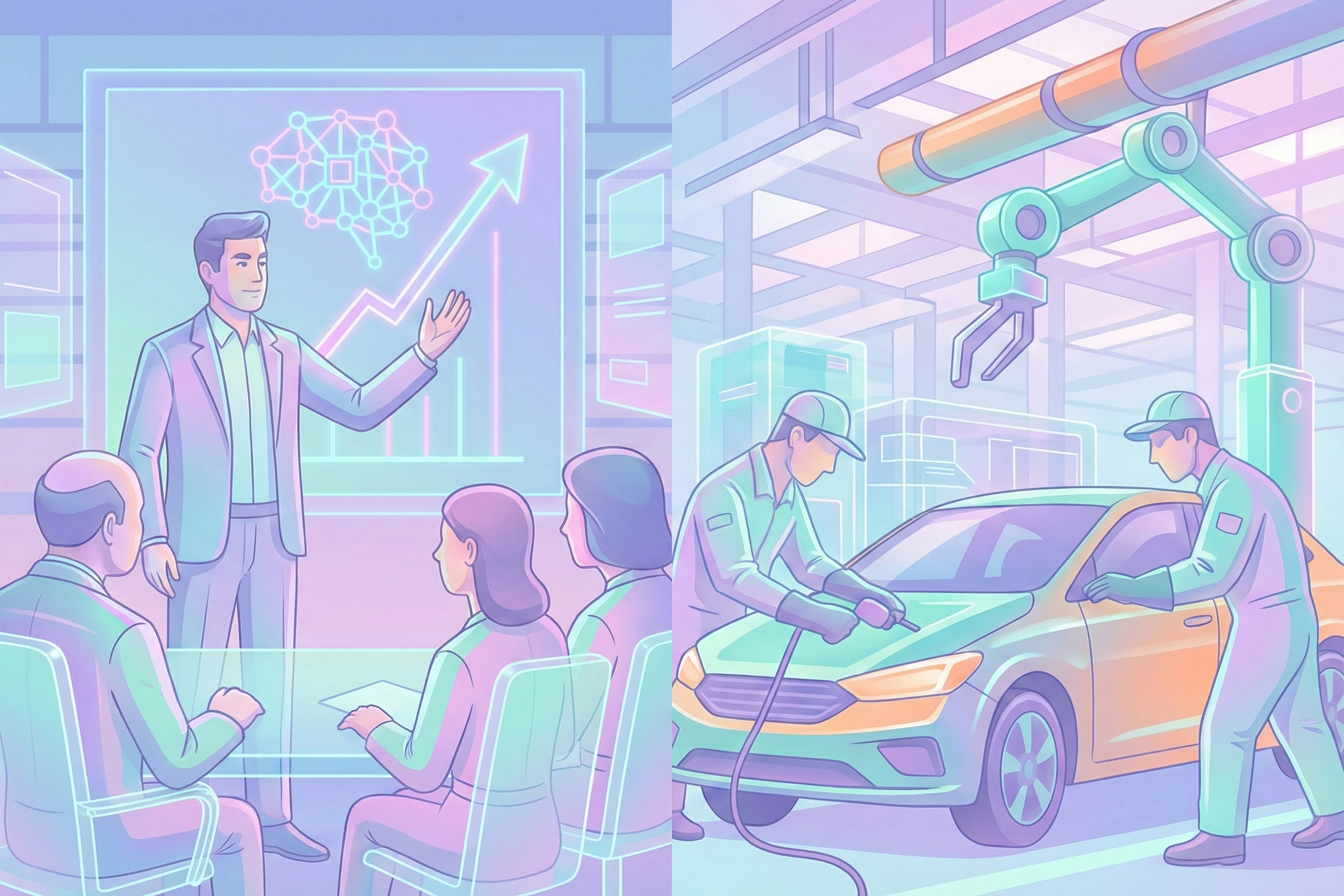.jpg)
In the U.S., midterms elections are coming up. While social democrats have lost in recent European elections, social democracy is growing across the Atlantic. Surprising victories by before unknown, female, social democratic Millennials are catching the attention in the run up to the elections in November.
Ever since 1906, when Werner Sombart famously asked “Why is There No Socialism in the U.S.?” in his study, this question has been raised frequently. Sombart concluded that characteristic for the Americans are their individualism and anti-state interventionism. Why is social democracy gaining popularity in a country that previously led the battle against socialism and actively demonized socialism as the close cousin of Soviet communism? Already in 2016, the rather old presidential candidate Bernie Sanders introduced social democracy to an enormous group of enthusiastic voters.Increasingly, they are embracing the idea of a government controlling capitalism instead of the other way around. Even at a national level, interventionist government ideas are discussed and taken seriously, such as health insurance for all. Indeed, interventions like Social Security and the Medicare Program remain popular and have been effective in reducing the poverty rate among the elderly. This marks a shift since the 1980s, when most policies were based on minor interventions and the free market was the way to go, the idea of Big Government on the right has now made a comeback under Trump. He takes protectionist measures and has launched a trade war. The popularity of social democracy can be seen as the alternative to this idea of state intervention on the left. Especially the youth in the U.S. view socialism positively.They grew up facing unreliability of health insurance, rising student debt and growing insecurity on the job market. The broken American dream and social immobility add to this. These formative experiences shape them in their beliefs. While younger generations see how capitalism is failing them – they still have the financial crisis fresh in mind – they have no memory of the failures of communism. And thus, they can be a major force in an America introduced to social democracy. What does this wave of social democracy mean for current political affairs? For the Democratic Party, which is in search of a new identity in the Trump era, some argue that the stormy popularity of characters like Ocasio-Cortez isrisky. The left is now seen as a force and many Democratic Party candidates are already moving to the left on the immigration issue, Medicarefor- all, and minimum wage. However, some warn that the social democratic movement shows that the party center is bending to the left instead of reclaiming the vital center of American politics. This could create a rift in the party and undermine success in the midterm elections and the presidential campaign in the future. Others doubt whether the movement is strong enough to really add to the Democratic Party by reaching voters outside of New York City. The Bernie Sanders movement showed that it could reach the industrial Midwest, listing primary wins in Michigan, Minnesota, Kansas, Nebraska, Wisconsin and Indiana. Whetherthe current social democratic newcomers can create a platform bringing together the anti-Trump right, the working class across the Mid-states and the people of color and lowincome suburbanites, remains to be seen. But if the idea of an interventionist state in order to serve 99% of the people, not corporates and banks, takes hold among a wider group of voters – and mobilizes a large group of millennials –, this can represent a shift in the way many Americans think about the role of the state and the free market in their life and lead to a durable social democratic movement in the country.

